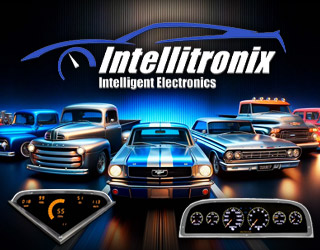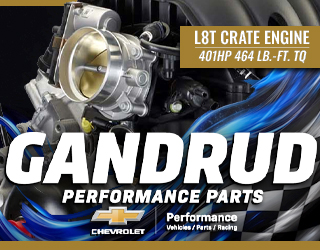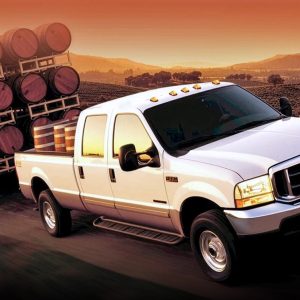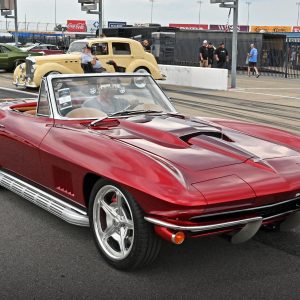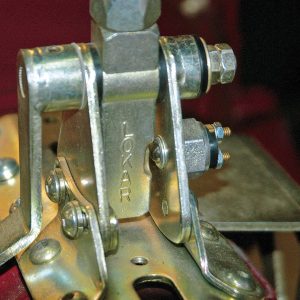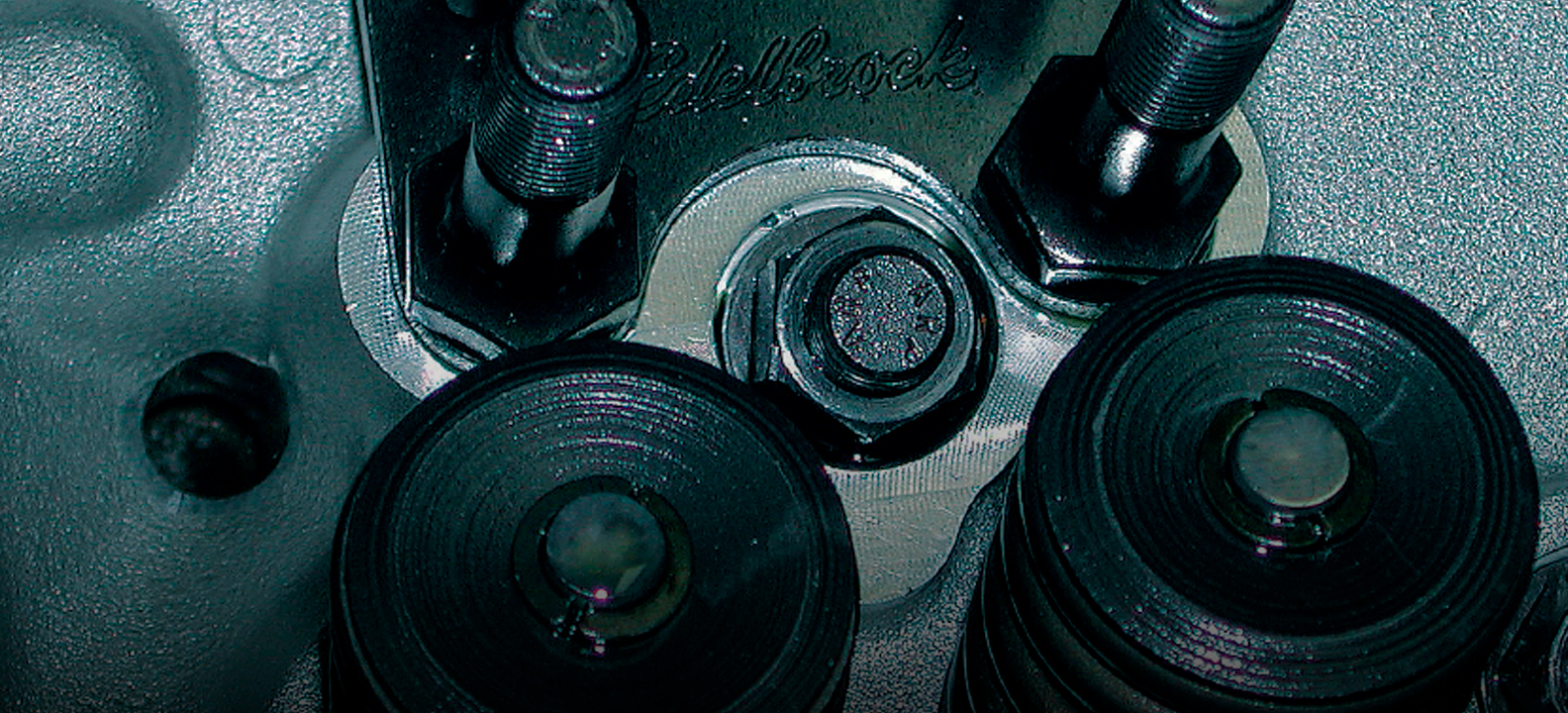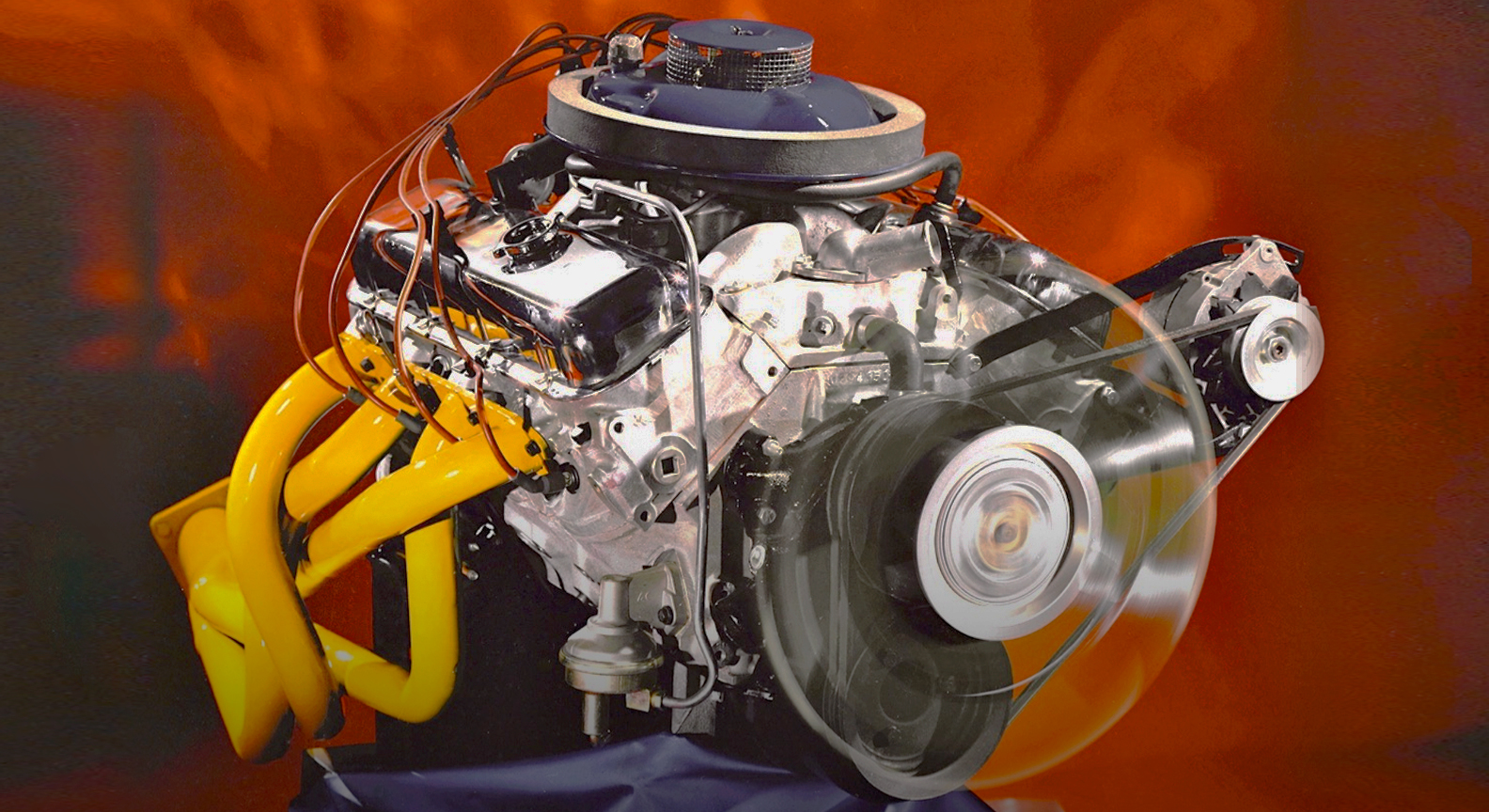Engine
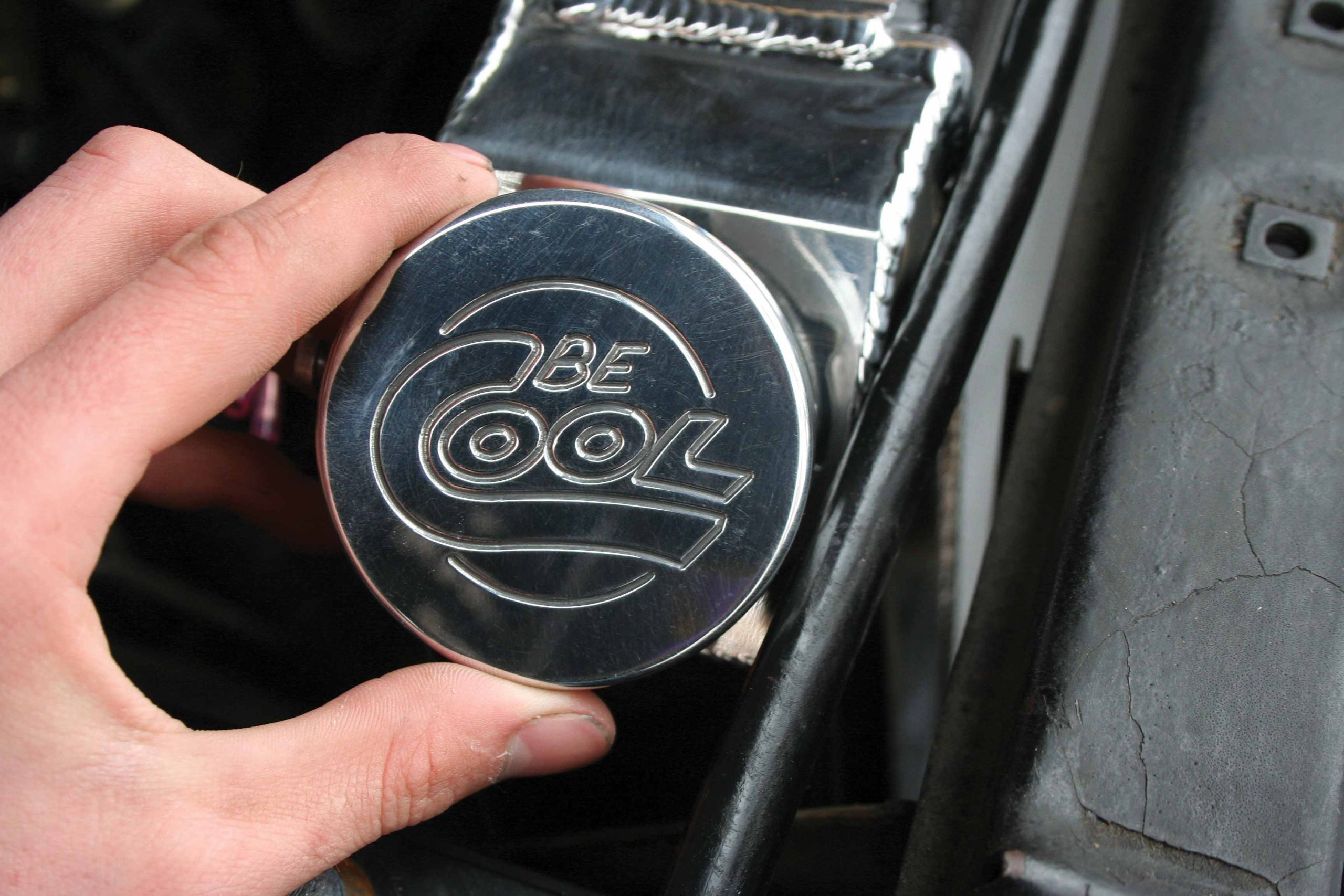
Be Cool is no newcomer to cooling heavy metal. For years it has provided cooling solutions for some of the most impressive high-performance engines to rumble down the streets and dragstrips of America. The folks at Be Cool understand that having the proper cooling components in any car or truck is vital to keep an engine safely within its operating temperature range. They also understand that to make cooling and installation easier, they had to design a full bolt-in system, a system that would fit hundreds of applications for classic cars and trucks, as well as more modern vehicles that also need cooling help.
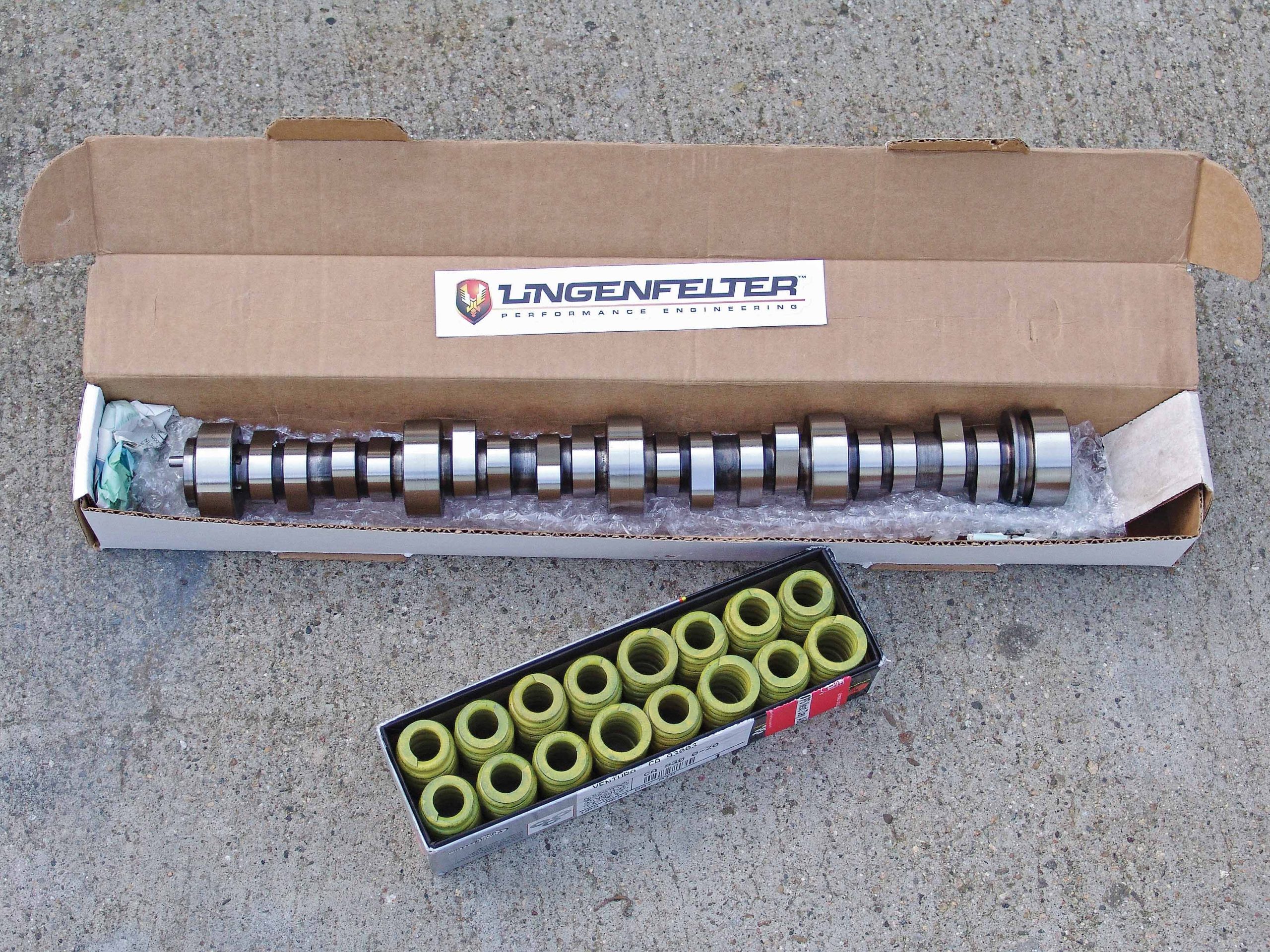
It can be argued that one of the best mods you can make to an LS-based or Gen III motor is a camshaft change. With the number of aftermarket companies making many different types, a good cam can be found for anywhere from $300 to $1,000, depending upon what type of power you want to make and how sophisticated the cam package is. Because 99.99 percent of all vehicles on the road today are computer controlled, most aftermarket companies are able to suggest whether a new tune will be necessary or if the stock one will suffice. But with so many different options out there, it can be quite confusing as to which is the right one for you.
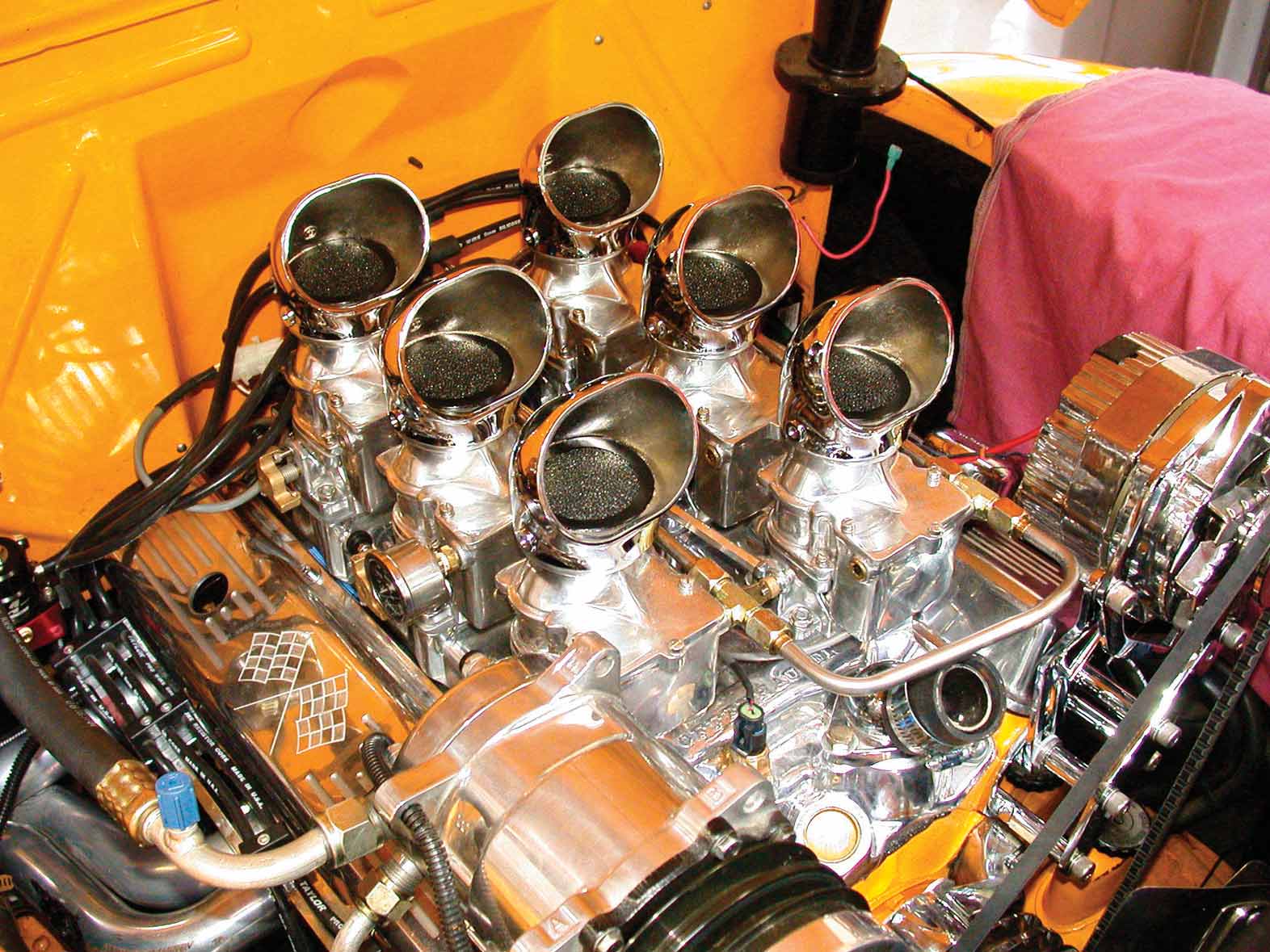
Those who longed for their engines to look as they did back in the old days of multiple-carb setups were out of luck. Cool as they were to look at, there are lots of reasons why the multi-carb setup fell out of favor, and most of them had to do with the fact that they were a bear to sync. The advent of the four-barrel carb was the death for these systems, though the purists among us prayed for a breakthrough. Thanks to Ken Farrell and his company, Retro Tek, those prayers have been answered. Farrell started off converting old mechanical fuel injection systems (Hilborn & Enderle) when the first aftermarket EFI systems became available. His new system, which uses the latest in EFI mated together with the classic Stromburg 97 design, came about when Farrell saw that there was interest in the benefits of EFI, but he also knew that they were lacking in the looks department. The idea was simple take the best aspects of both and add them together.
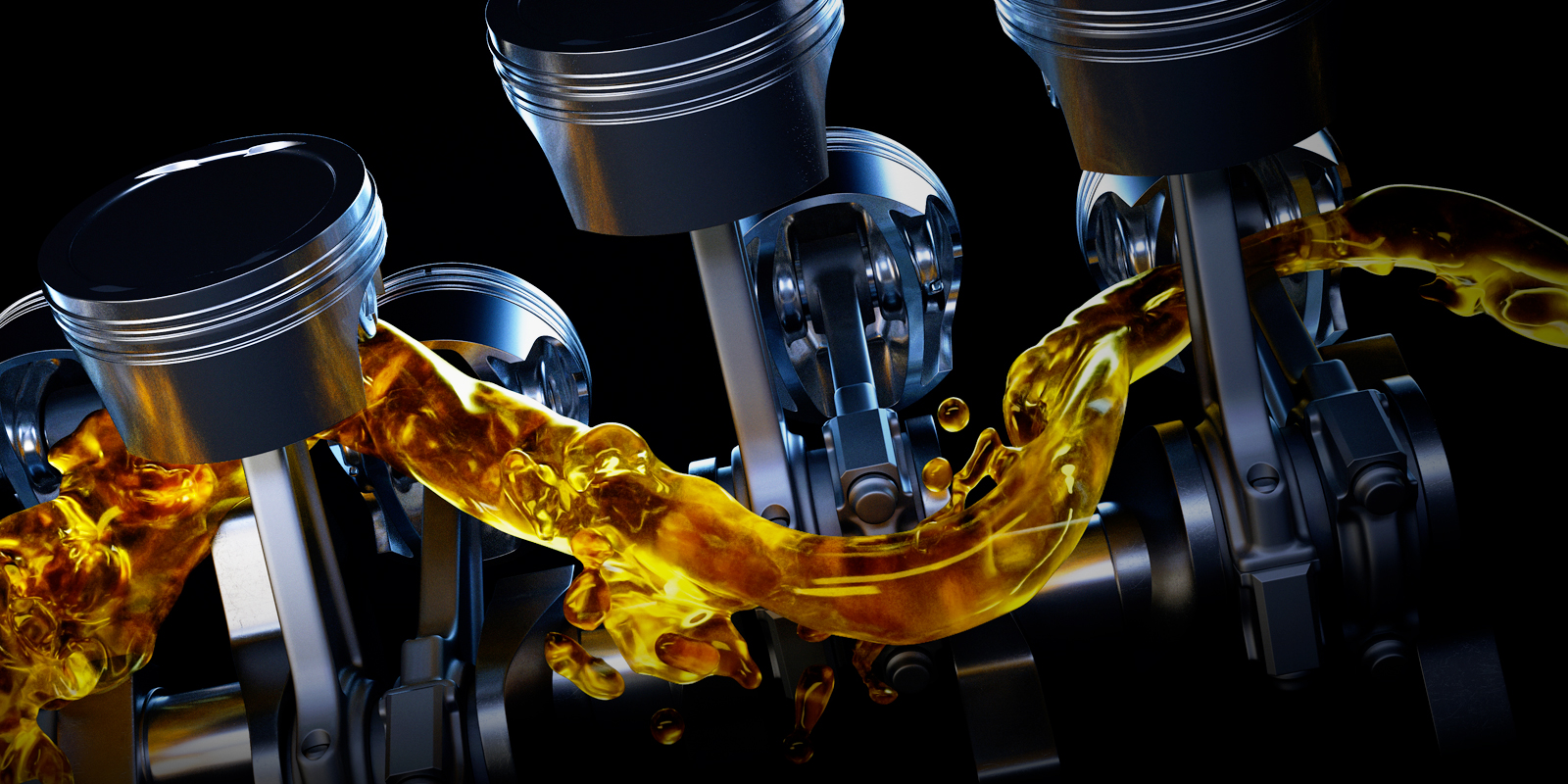
Driven Racing Oil developed the original high zinc, petroleum and low detergent break-in oil over twenty years ago. Break in oil is a specialty oil that reduces wear and contaminates when breaking in a new high-performance engine. It provides controlled friction for your piston rings and incredible protection that helps your camshafts break in properly.
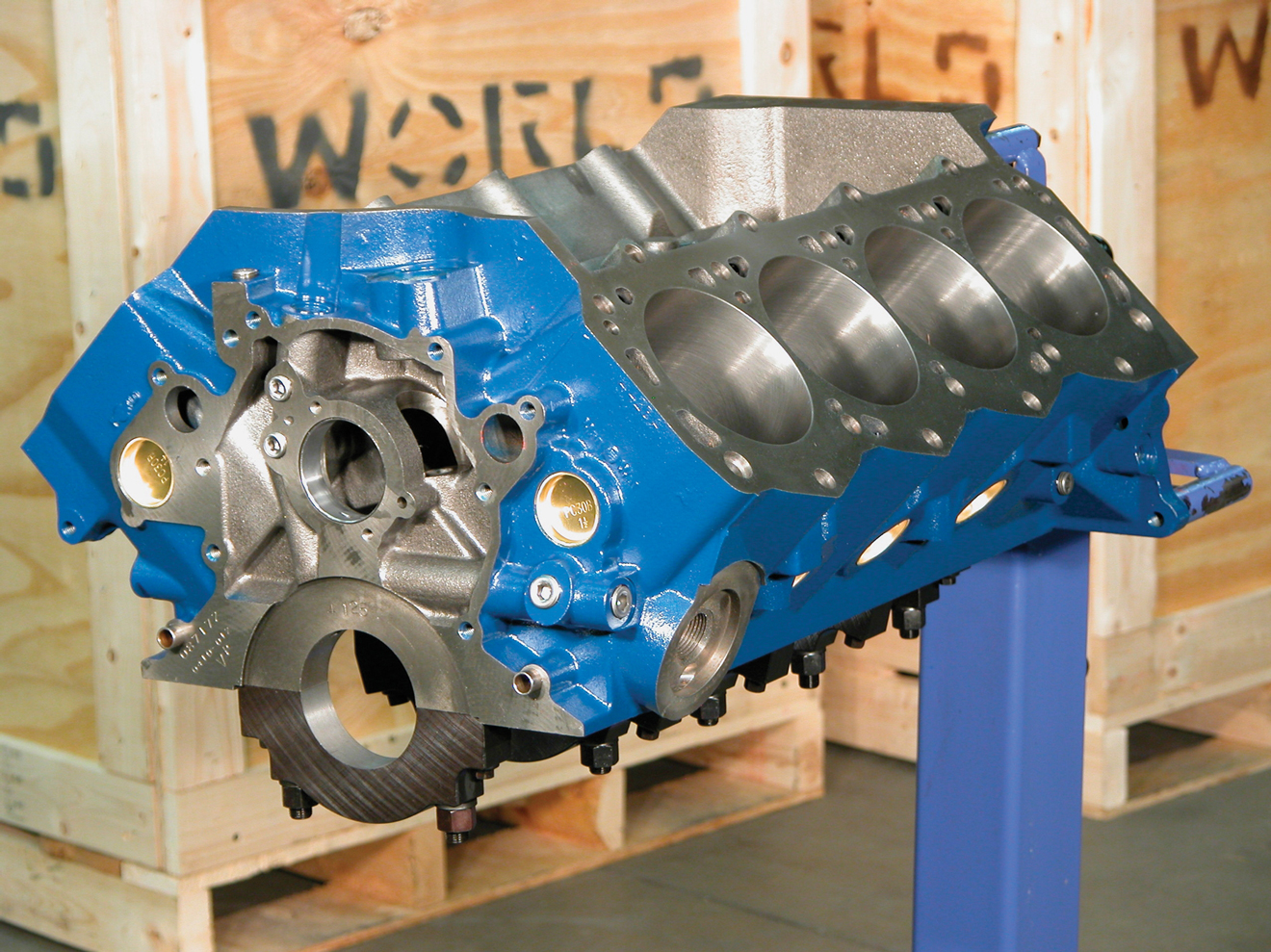
While the small-block Chevy is the popular engine choice for many enthusiasts, many are now relying on a Blue Oval heart for their performance bodies. With its link to Ford, the original body manufacturer for many of the classic cars we see today, the small-block Windsor-style Ford engine offers several advantages. When compared to Chevy, the lack of firewall clearance for a number of Chevy engine swaps is due to the rear distributor position of the engine. The front-mount distributor position is the more logical place to drive the distributor and the oil pump. Not to mention, it’s much more convenient.
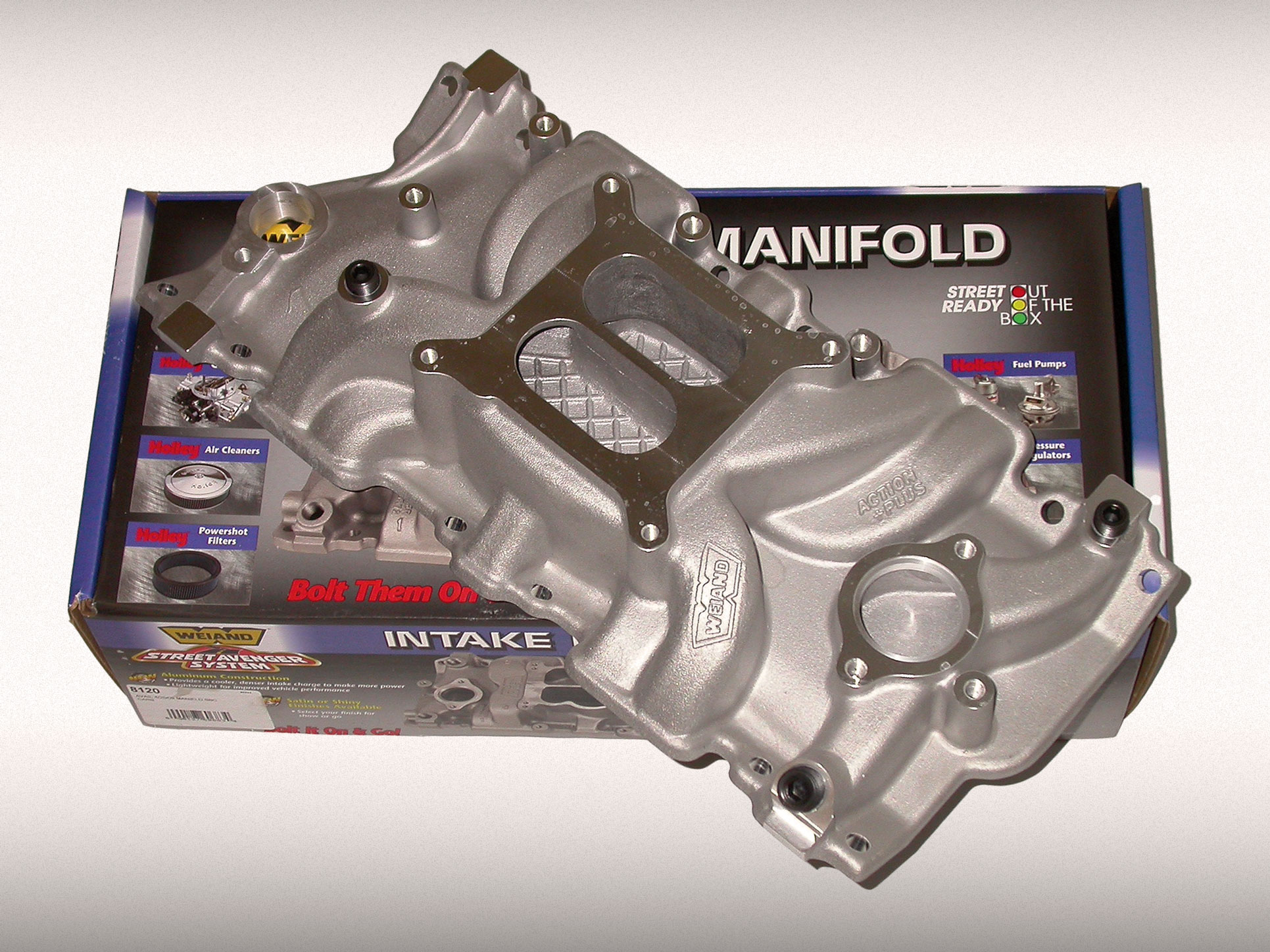
While the factory cast-iron four-barrel Q-Jet intake manifolds have performed admirably on literally thousands of GM applications—and if you are picking your engine from a used lot to use in a swap, it will likely be so equipped—every last one of them should be torn off the car and thrown in the dumpster.
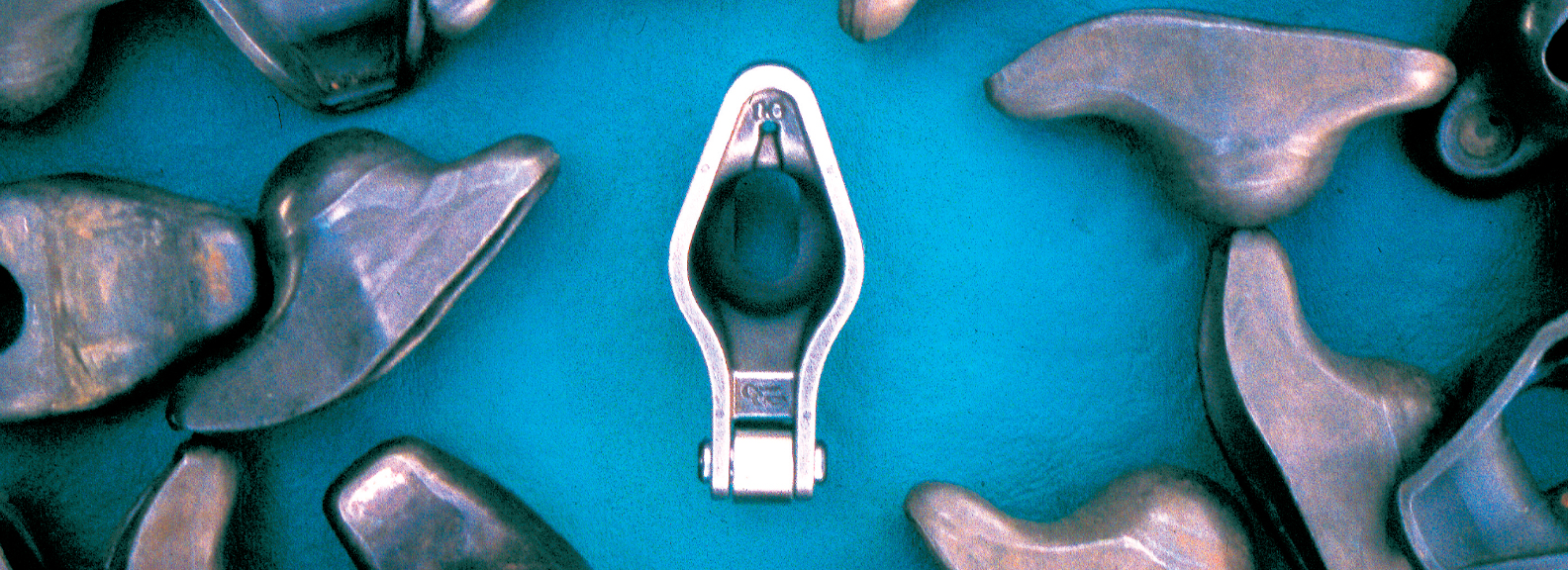
Okay, we weren’t quite that naive about what we read regarding upgrading to 1.6 rockers on our small-block Chevy for the first time, but it was close.
The engine in question was a decent runner with 30,000 miles on the mild-performance rebuild. The rebuilt engine was purchased used, and among its selling points were 0.030-over 9.5:1 pistons, moly rings, 1.5 roller rockers, a Performer RPM intake and a brand-new Holley 750cfm carburetor. The cam wasn’t a perfect match to the torque converter used in the previous installation nor was the final-drive gear ratio. As a result, the owner planned on stepping down on the cam chart to a Comp 286H-10 cam, which came with the engine in its original box. Also included were a brand-new factory Z28 oil pan and a factory timing chain cover to replace the cheap chrome pieces. For $300, the engine package was a deal, and one we couldn’t pass up. We sold the aforementioned chrome pieces and matching valve covers for $50, getting us the engine at the bargain price of $250, and we still had the new cam and lifters on our shelf.
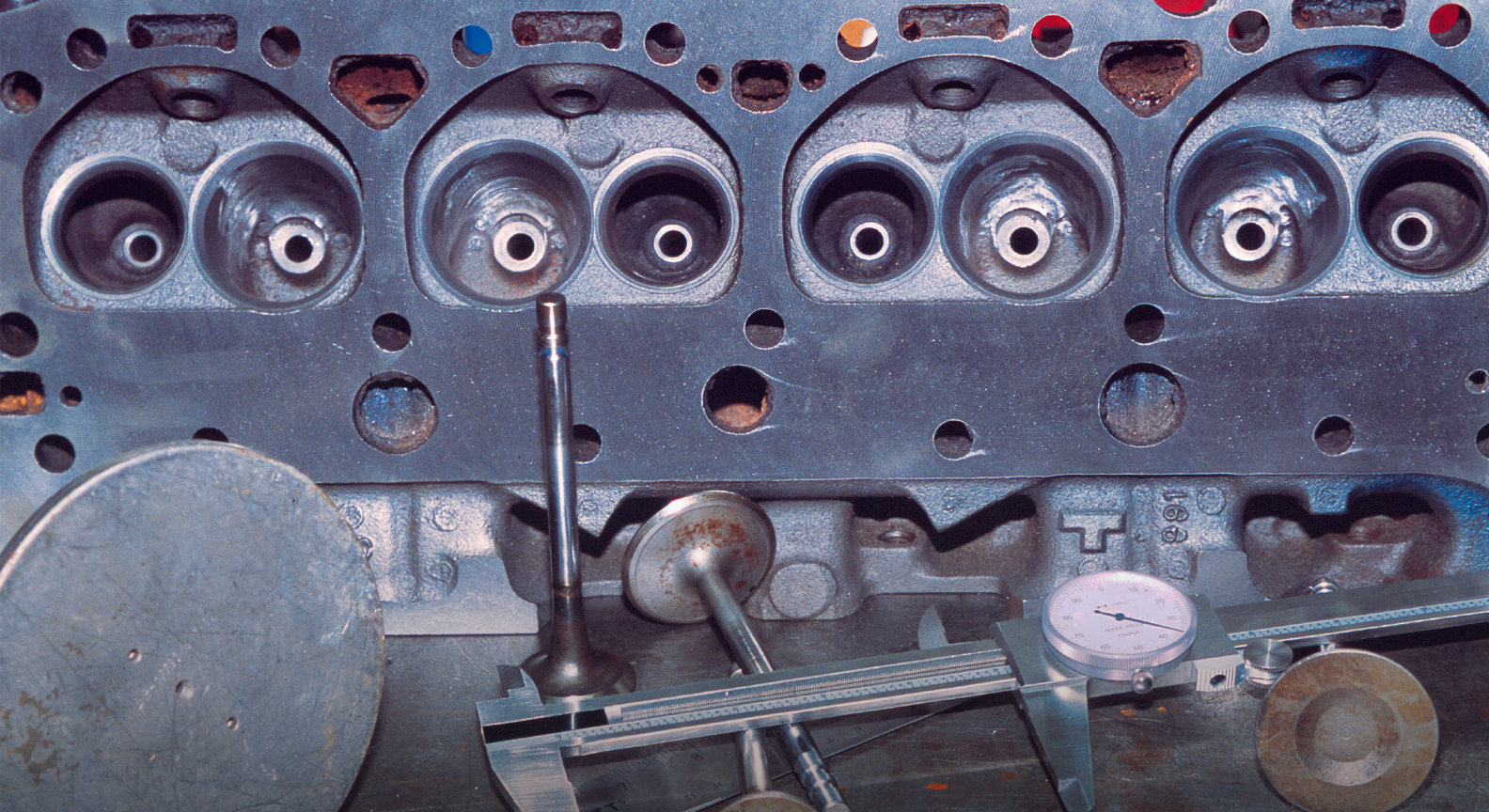
You can’t throw a stone these days without hitting an aftermarket aluminum cylinder head. They perform as good or better than anything the factories put out, and then some. They are much lighter than iron heads, and they’re now extremely affordable. Thanks to competition in the aftermarket, it could easily be said that for the performance and price benefits of a new set of aluminum heads, why would anyone bother refurbishing a set of iron castings?




